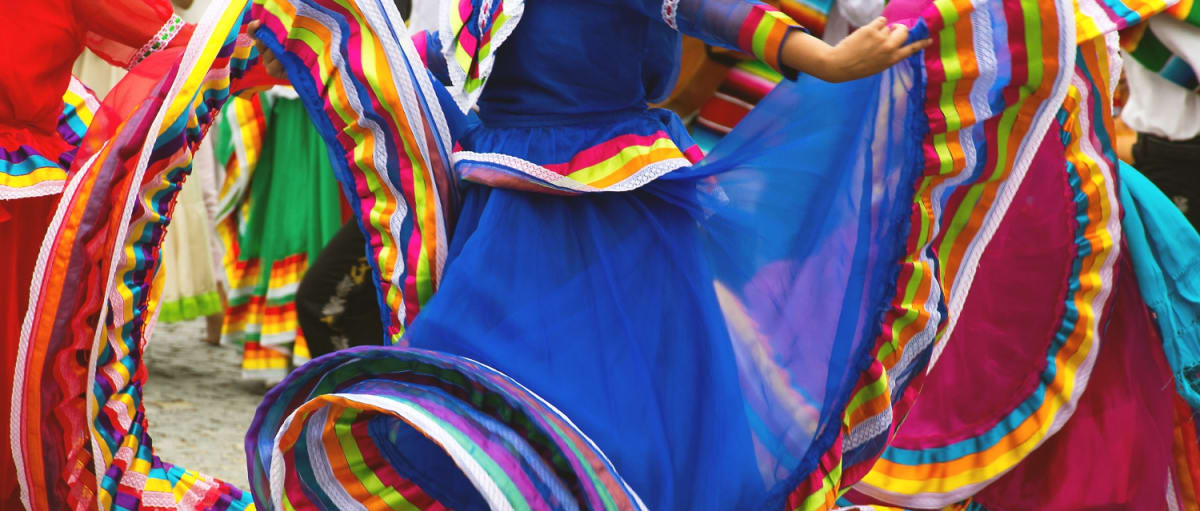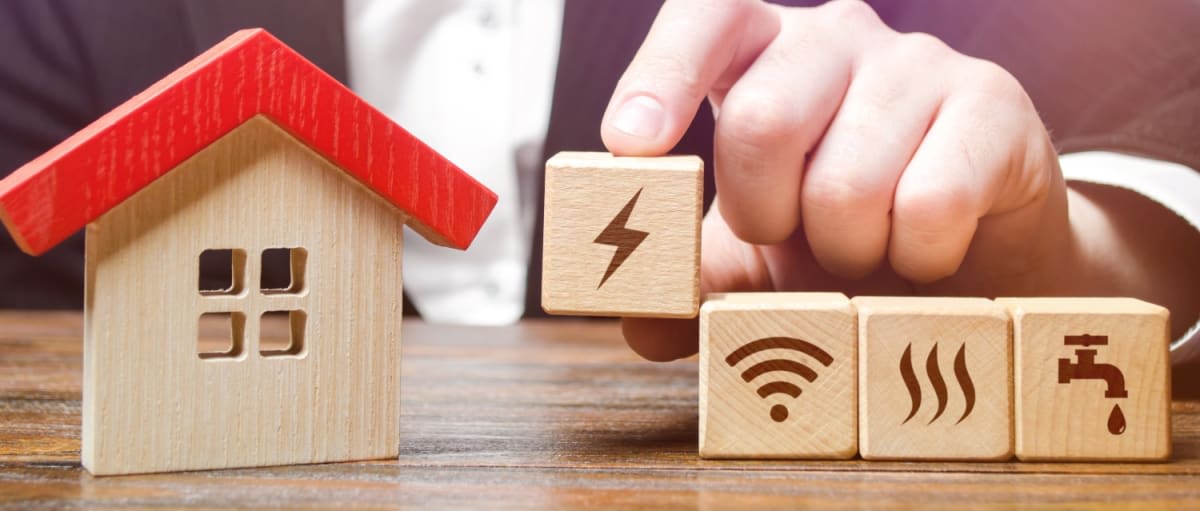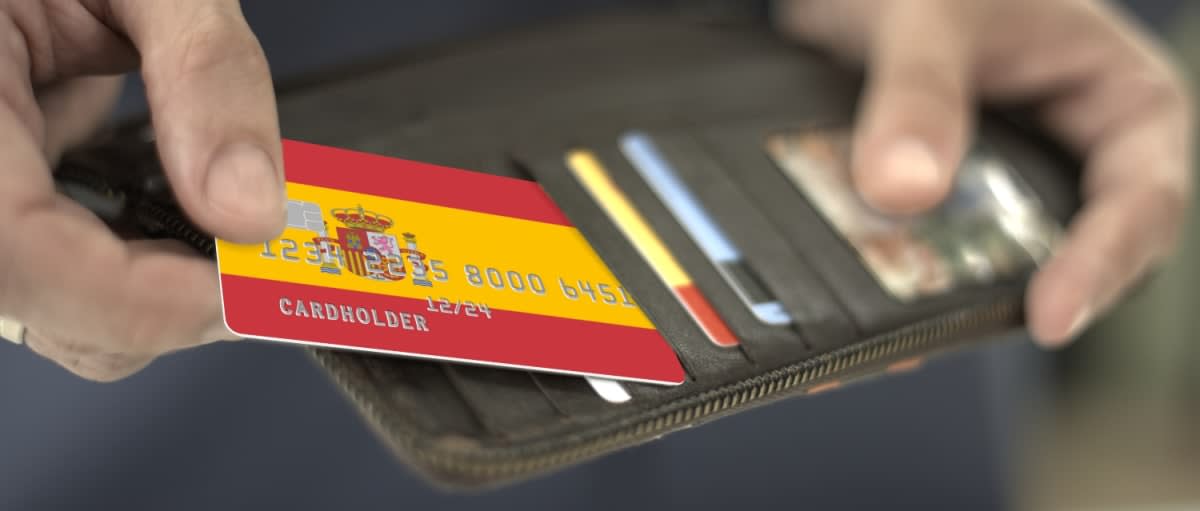Spanish life is shaped by everyday rituals and centuries-old traditions. From lively festivals to family meals that last for hours, here’s your A-to-Z guide to customs to help you feel truly at home in Spain.
Settling into Spain isn’t just about finding the right property; it’s about embracing the rhythm of daily life. You’ll quickly notice that each region has its own quirks, yet there are shared customs that bind the country together, from the way people greet each other on the street to the food on the table at Christmas. By understanding these traditions, you’ll not only fit in faster but also gain a deeper appreciation of the community and culture that make Spain such a rewarding place to live.
Download the Spain Buying Guide
Contents
Adiós
In Spain, adiós doesn’t only mean goodbye. Locals often use it as a quick hello if they’re in a hurry. It’s a polite acknowledgement that says: “I see you, but I can’t stop to chat.” It may feel strange at first, but once you live in Spain, you’ll catch yourself doing the same. You’ll also hear chao (borrowed from Italian) used as a casual farewell.
Appointments
Punctuality works a little differently in Spain. Arriving 10-15 minutes late for a meeting is normal and not seen as rude. Anything later and it’s polite to phone ahead. Spaniards are flexible, but they also appreciate the courtesy of a call if you’re running behind.
Bread
Fresh bread is a daily ritual in Spain. Supermarkets sell loaves, but many still head to their local bakery where the smell of pan recién hecho (freshly baked bread) fills the street. It’s an essential part of every meal, from breakfast toast to dinner tables.
Bullfighting
Bullfighting remains a controversial tradition. While deeply rooted in Spanish history, it’s banned in Catalonia and faces strong opposition nationwide. Old bullrings in some cities have been transformed into cultural centres or shopping malls – symbols of Spain’s shifting values.
Carnaval
Spain’s answer to Mardi Gras, Carnaval erupts each February before Lent. Expect costumes, music, parades and dancing in the streets. Tenerife and cities like Cádiz and Sitges host world-famous celebrations, but even small towns join in the fun. It’s noisy, colourful and utterly unforgettable.
El Tió de Nadal
In Catalonia, Christmas comes with a quirky twist: the Tió de Nadal or “Christmas log”. From early December, families “feed” the log and tuck it under a blanket. On Christmas Eve, children sing songs and “encourage” the log to produce small gifts like sweets and toys.
Family
Family life is at the heart of Spanish culture. Meals are long and social, often stretching for hours and involving multiple generations. Even those who live far away return home at weekends. For newcomers, being invited to a family meal is a sign you’ve truly been welcomed into Spanish life.
Grapes on New Year’s Eve
At midnight on New Year’s Eve, Spaniards eat 12 grapes – one for each chime of the clock. The challenge is eating them all in time. Succeed, and tradition says you’ll have good luck for the year ahead. Supermarkets even sell packs of 12 grapes ready for the big night.
La siesta
Not everyone naps daily, but the siesta is still part of Spain’s rhythm, especially in hot regions. A 20-minute rest after lunch helps recharge before the long evening ahead. Shops in smaller towns may still close in the afternoon, though in big cities the siesta is more symbolic than practical.
Noche Buena
Christmas Eve is the main festive meal in Spain. Families gather for a feast of shellfish, ham, croquettes, soup and fish before heading to Midnight Mass. The night ends with music, guitars and lively street celebrations – no one goes to bed early on Noche Buena.
Queuing
Spaniards are surprisingly good at queuing – even if the lines look chaotic. When joining a queue, it’s customary to ask “¿Quién es la última?” (“Who’s last?”) to know your place. Greetings like buenos días and buenas tardes are part of the etiquette too.
Second breakfast
A light coffee and pastry at home is followed by almuerzo or “second breakfast” around 11am. Cafés fill with locals enjoying a sandwich, tortilla or croissant before the late lunch at 2pm. It’s so ingrained that offices can feel empty during this mid-morning pause.
Tapas
Tapas are more than just food – they’re a social ritual. Small plates of olives, tortilla, croquettes or jamón are shared with drinks, usually in lively bars around 8pm. The tapas culture encourages conversation and connection, turning mealtimes into social events.
Table of key Spanish traditions
| Tradition | When it happens | What it symbolises |
|---|---|---|
| 12 grapes at midnight | New Year’s Eve | Luck and prosperity for the year ahead |
| Carnaval | February (before Lent) | Celebration before the solemn season |
| Noche Buena | Christmas Eve | Family unity and religious devotion |
| Tapas evenings | Daily, after work | Friendship and community |
Frequently asked questions
Spain’s culture blends regional traditions with national customs like family meals, siestas, tapas and fiestas. Each area has unique festivals and food, but the values of family, community and celebration run throughout.
Common symbols include flamenco, paella, bullfighting, the red and yellow national flag and traditions like the 12 grapes at New Year. Architecture such as Gaudí’s Sagrada Família also stands as a cultural icon.
Family and social connection are central. Meals bring people together daily, festivals unite towns and traditions like tapas or fiestas emphasise togetherness. Relationships matter as much as rituals.
You might also like:









